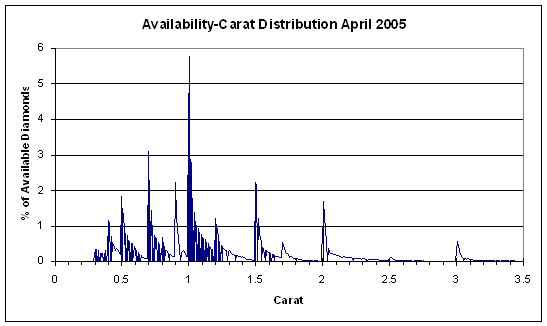notdocyet
Rough_Rock
- Joined
- Jun 3, 2003
- Messages
- 23
Please allow me to clarify something with the experts. I think that I understand a H&A diamond will sparkle more and be more brillant, will it look any bigger? I also noted that there is no published data to confirm that the H&A diamond is superior. I have also been looking for some.9 diamonds these seem to be hard to find? I would still love a 1.2 but I am not sure if the budget will work. Thanks so much. Leslie










300x240.png)